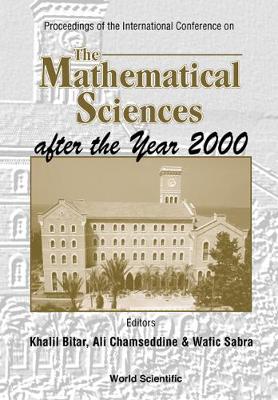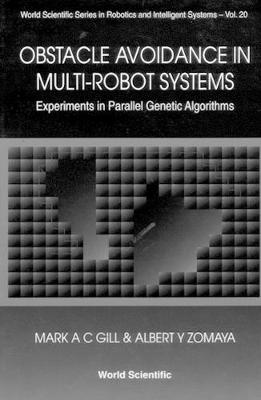World Scientific Series In Robotics And Intelligent Systems
4 primary works
Book 8
Modelling And Simulation Of Robot Manipulators: A Parallel Processing Approach
by Tom Husband and Albert Y. Zomaya
Published 1 January 1993
This book aims to describe how parallel computer architectures can be used to enhance the performance of robots, and their great impact on future generations of robots. It provides an in-depth, consistent and rigorous treatment of the topic. A clear definition of tools with results is given which can be applied to parallel processing for robot kinematics and dynamics. Another advantageous feature is that the algorithms presented have been implemented using a parallel processing system, unlike many publications in the field which have presented results in only theoretical terms. This book also includes "benchmark" results that can be used for the development of future work, or can serve as a basis for comparison with other work. In addition, it surveys useful material to aid readers in pursuing further research.
Book 10
Cellular Robotics and Micro Robotic Systems
by Tom Husband, Toshio Fukuda, T Fukuda, and T Ueyama
Published 1 January 1994
This book introduces interesting topics, from concepts to the latest research, on cellular and micro robotic systems. The cellular robotic system is a self-organizing robotic system composed of a large number of autonomous robotic units, named cells. This idea came from the organic structure of a living body. Several attractive topics in this area are covered, such as swarm intelligence, communications, and robotic mechanisms. The micro robotic system is currently the most fascinating technology. Micro mechanisms, control and intelligence, with respect to this system are treated here. The combination of both technologies will prepare the way for a new paradigm in the field of engineering.
Book 16
Constrained Dynamics Computations: Models & Case Studies
by Bud Fox, Leslie Stephen Jennings, and Albert Y. Zomaya
Published 1 January 2000
This book introduces a practical approach to the modelling and computation of real-world systems. Multibody dynamics, planar and spatial modelling, and numerical methods are all pursued to obtain information about the behaviour of various dynamical systems. Each study presents the method of modelling and the ensuing differential equations governing the system behaviour. Integration of the equations yields results which are carefully discussed and which indicate how useful information may be obtained from the study. The studies include planar mechanisms, heavy equipment, automobile crash simulation and a spatial planetary system example. Research students, scientists and engineers will appreciate the practical approach taken in this book.
Book 20
Obstacle Avoidance In Multi-robot Systems, Experiments In Parallel Genetic Algorithms
by Mark A C Gill and Albert Y. Zomaya
Published 19 June 1998
Obstacle Avoidance in Multi-robot Systems: Experiments in Parallel Genetic Algorithms offers a novel framework for solving the path planning problem for robot manipulators. Simple and efficient solutions are proposed for the path planning problem based on genetic algorithms. One of the attractive features of genetic algorithms is their ability to solve formidable problems in a robust and straightforward manner. Moreover, genetic algorithms are inherently parallel in nature, which makes them ideal candidates for parallel computing implementations.By combining the robustness of genetic algorithms with the power of parallel computers, this book provides an effective and practical approach to solving path planning problems. The book gives details of implementations that allow a better understanding of the complexities involved in the development of parallel path planning algorithms. The material presented is interdisciplinary in nature - it combines topics from robotics, genetic algorithms, and parallel processing. The book can be used by practitioners and researchers in computer science and engineering.



